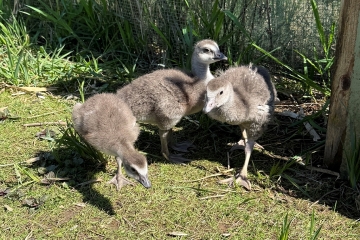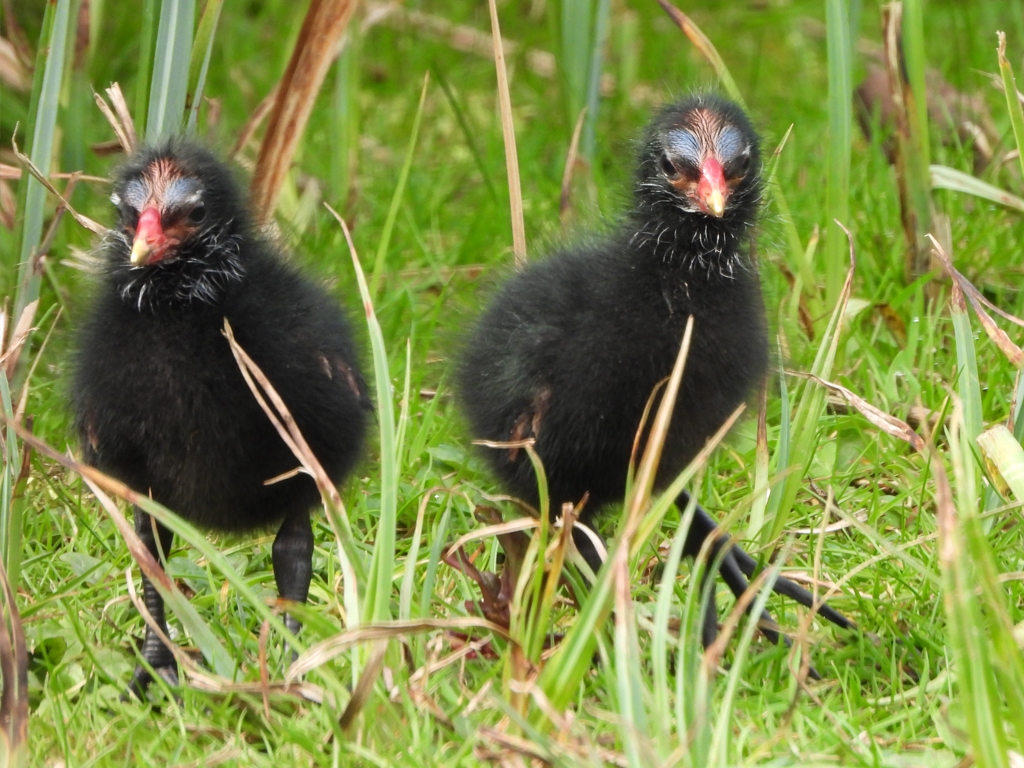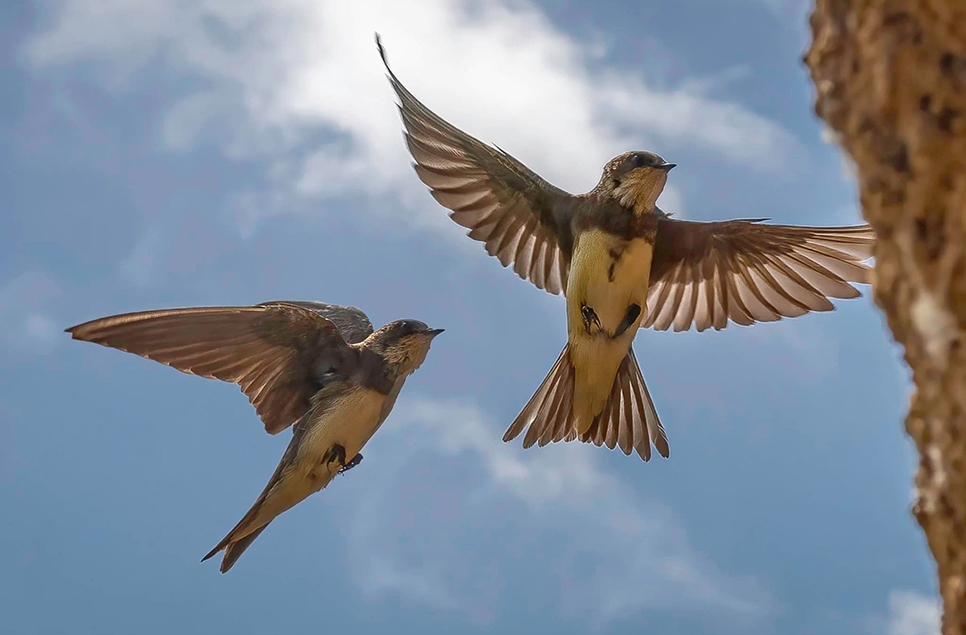Summer duckling update
The windows on the brand new Incubation & Rearing Rooms are open for visitor viewing this month.
The windows on the brand new Incubation & Rearing Rooms are open for visitor viewing this month. We are excited that visitors will begin to experience this behind the scenes work at WWT Arundel Wetland Centre. The program at WWT Arundel includes endangered duck and birds which are part of international breeding programmes. Our team especially excels at raising sea ducks and mergansers.
The Incubation & Rearing Rooms were built on the old footprint of our Pond Explorer station. The site was chosen as the original building was showing its age and that building was close to our existing outdoor duckery where we care for young families off-show. Before this project, incubators were kept in our offices and rearing tanks with youngsters were at a nearby barn, off our main site.
Through the new Incubation Room window visitors can watch eggs from our rare and endangered birds developing in incubators until they hatch. Eggs are placed inside an incubator for roughly 28 days where temperature and humidity are constant. The incubator automatically turns the eggs every few hours, just like birds do in the wild. Turning the eggs is vital for embryo development and also stops the yolk from sticking to the shell.
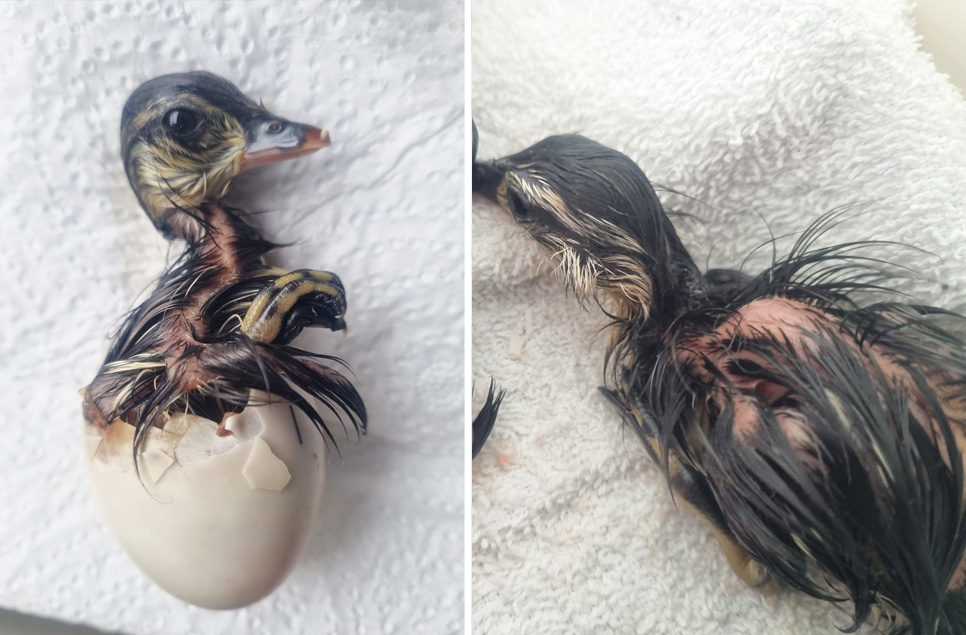
After the eggs hatch, visitors will be able to see ducklings through the Rearing Room window in a sort of duckling nursery. The youngsters are in special rearing tanks with heat lamps, protein rich food and fresh water. Some diving species require more water for practice so their tanks have a section of deep water and a ramp to get in and out.
This week in the incubators we currently have eggs from our Javan ducks. In the Rearing tanks there are currently Bufflehead ducklings and North American wood ducklings.
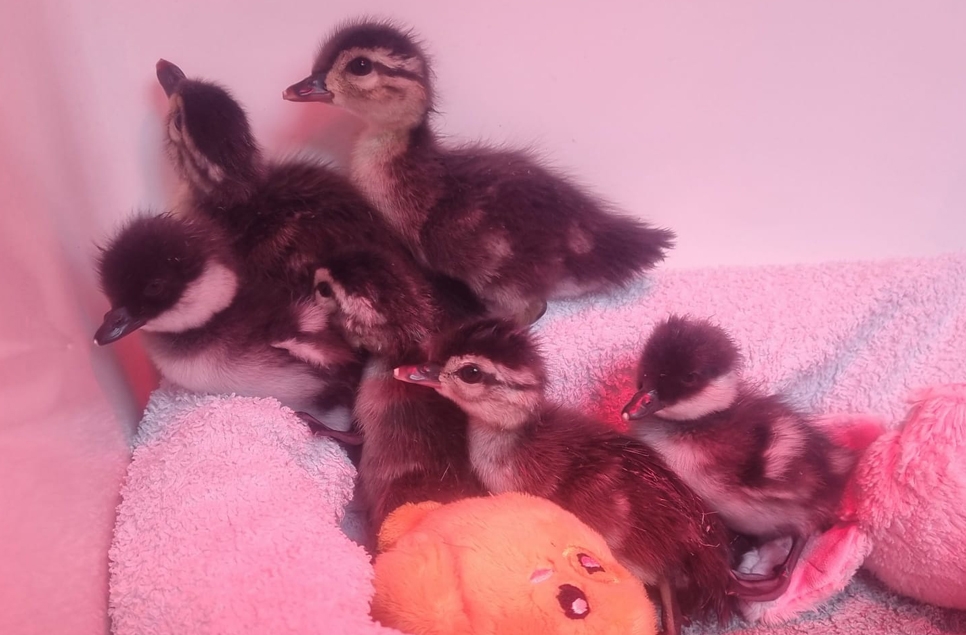
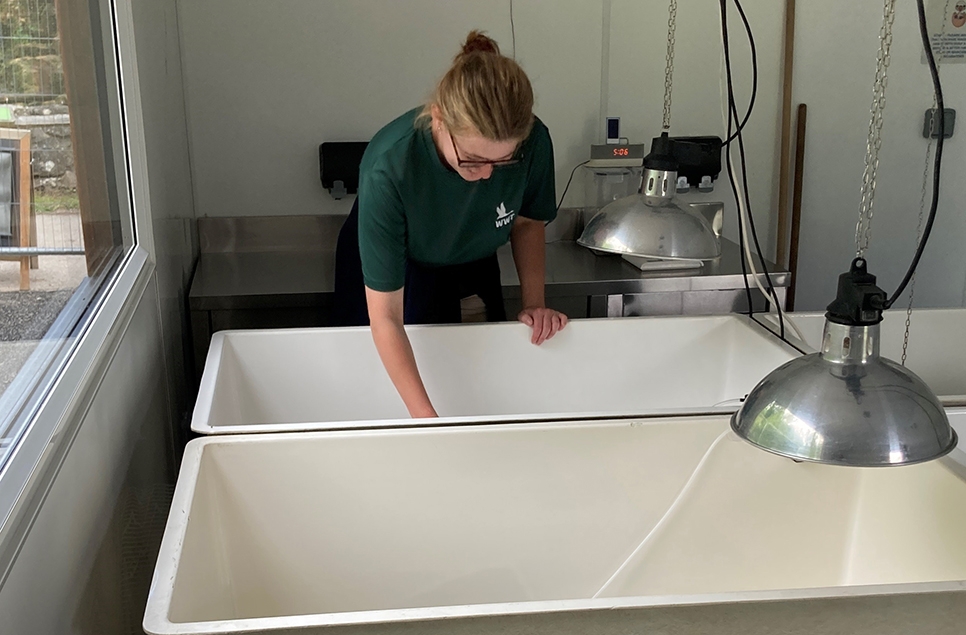
Before the Rearing Room opened, we had already had plenty of youngsters in the tanks at the barn and in the office. Most of these are now out in the duckery, including four hooded mergansers, four Australian Wood ducks, one bufflehead and one North American Wood duck. Also in the duckery are six East Indian wandering whistling ducklings who are have been parent reared.
Baikal teal foster mum
There was a lack of fertility in the common scoter clutch we had this year and we ended up with one lone common scoter duckling. We placed this duckling in with a Baikal teal female who was raising two of her own ducklings. She is proving an excellent foster mum and doesn’t seem to mind that the baby scoter is much larger than her two.
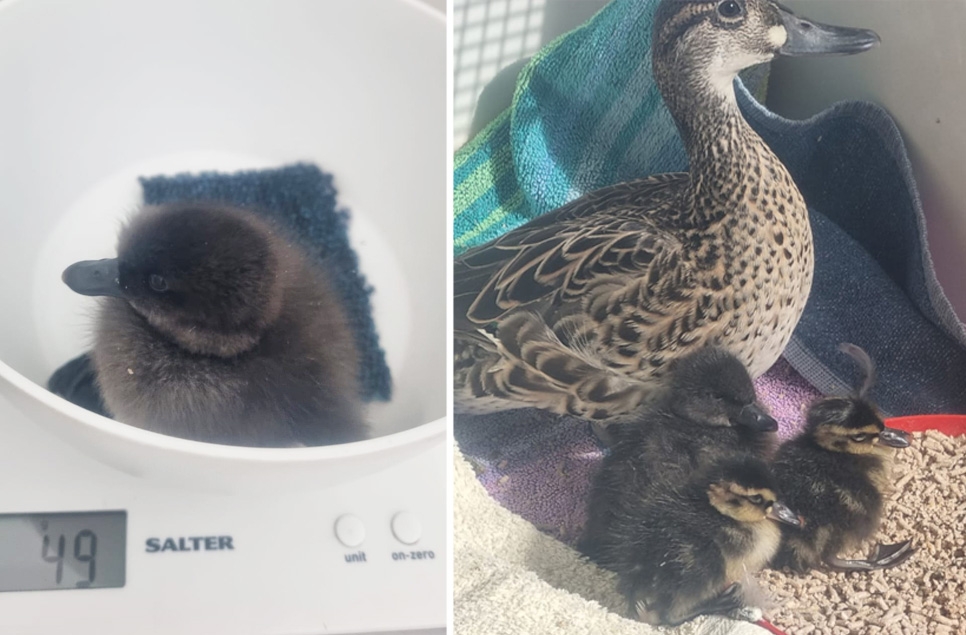
Scaly-sided mergansers at WWT Arundel
The collection team at WWT Arundel weren’t going to raise any scaly-sided merganser ducklings this year as we currently have good numbers of scalies living at WWT Arundel after our successful clutches from the past few years. Then - one female cheekily stashed a few eggs away, which we discovered as they neared their time to hatch.
We decided to let this female scaly-sided merganser rear her own ducklings outdoors, in the safety of our duckery, with our keepers kept a close eye. The young family are now on show in one side of our waterfalls exhibit – three lovely little mergansers with mum. See our video below.
Working with wetland ducks, geese, pelicans, swans and waders gives our Keepers unrivalled skills in rearing rare species. Some of the birds we keep are part of international breeding programmes. The team excel at raising sea ducks, black-necked grebes and scaly-sided mergansers. Each day the Keepers feed, clean, and care for 41 types of ducks, geese, swans and waders.
